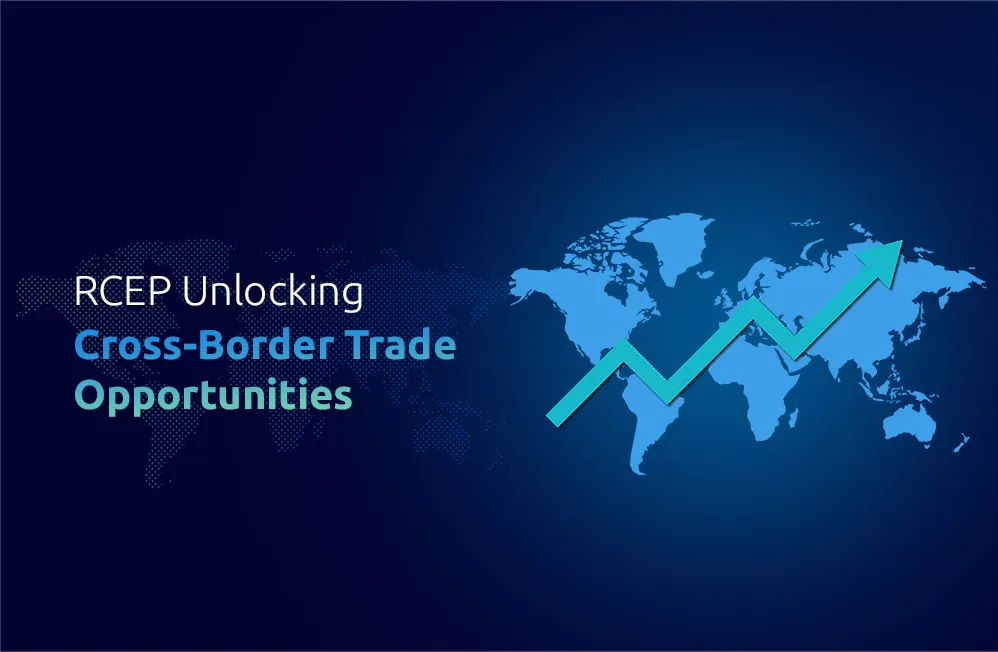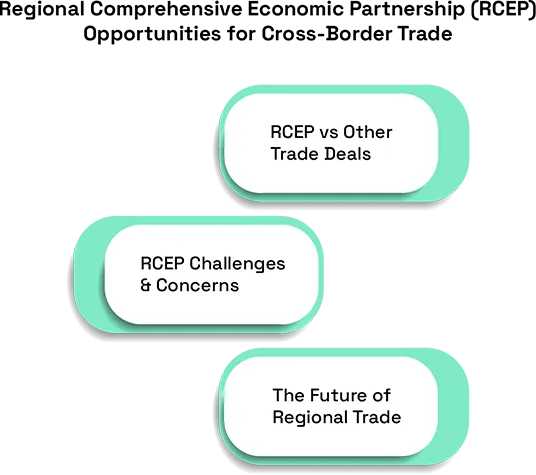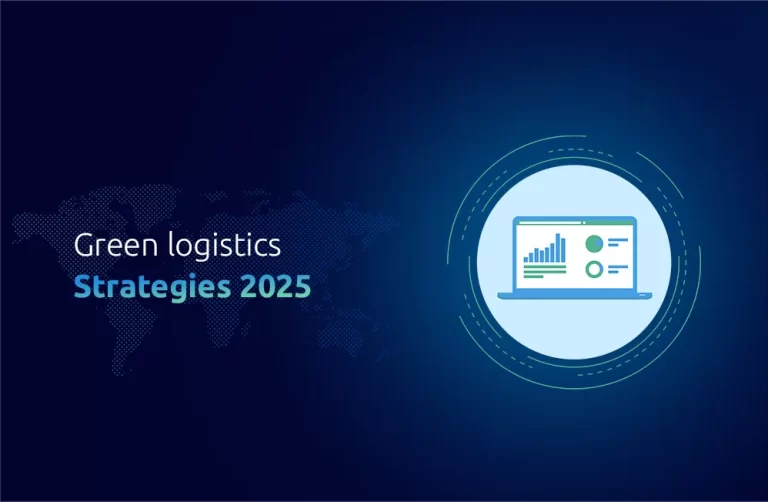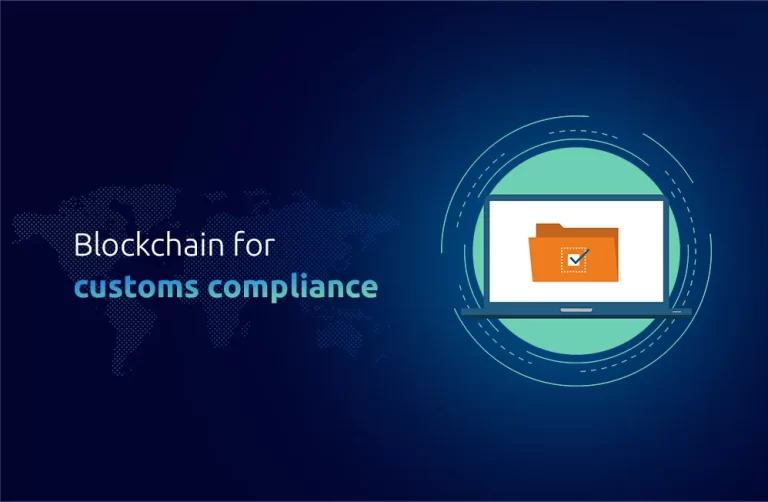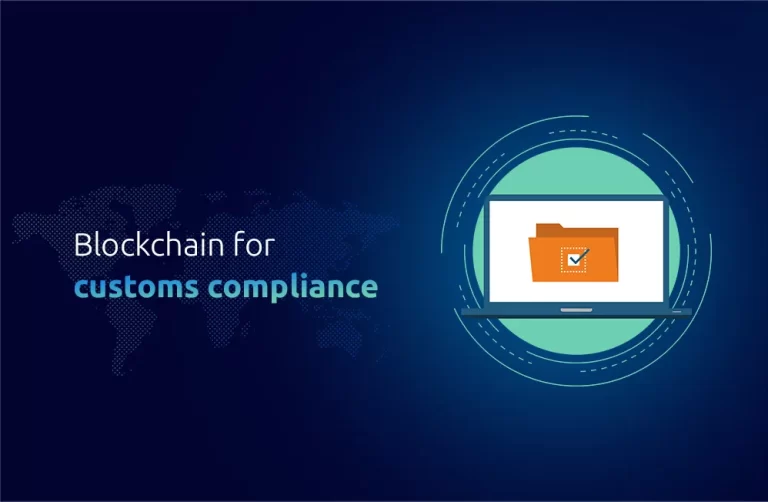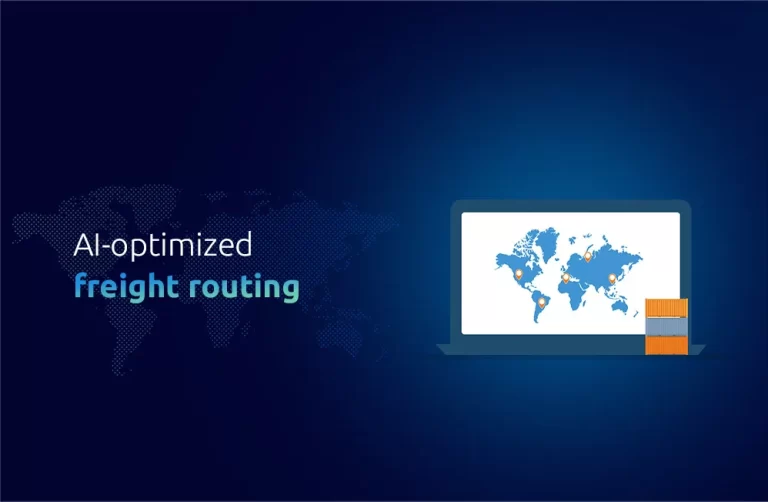Insight
The RCEP is changing the way countries conduct trade around the world. The world’s largest free trade agreement, RCEP, connects 15 Asia-Pacific countries: China, Japan, South Korea, Australia, & the 10 ASEAN nations. Its purpose is to introduce changes that simplify trade, remove many trade barriers, and help countries trade across borders. This agreement now offers more opportunities for aviation equipment, IT hardware, and medical equipment businesses. This article examines RCEP and how companies can benefit from it in global trade.
What Exactly Is RCEP?
RCEP stands for Regional Comprehensive Economic Partnership, & it was signed by 15 countries that handle about 30% of the global GDP and 28% of world trade. Simply put, the goal is to bring together different countries through lower tariffs, similar rules, and more cooperation. Since the RCEP agreement covers a wide range of topics, China, Japan, South Korea, Australia, & the ASEAN region are all involved. The partnership aims to lessen trade restrictions, allow smoother cross-border transactions, and simplify business for companies in different nations.
Complex sectors such as medical equipment and IT infrastructure benefit from the value of this agreement. RCEP allows businesses to reach additional markets, decrease costs, and manage the same rules.
The Key Benefits of RCEP
RCEP is a game-changer for businesses looking to strengthen their cross-border trade strategies. Here are the key benefits that the agreement offers:
1. Lower Tariffs Across the Region
A major benefit of RCEP is that tariffs will be lowered. Reducing tariffs for 90% of traded goods among RCEP member states will reduce the costs of importing & exporting goods. This allows aviation & automobile equipment businesses to obtain materials more economically, spending less on them. Reducing the cost of goods allows businesses to compete well against other companies.
2. Simplified Customs Procedures
RCEP also focuses on adjusting processes and cutting costs. Complex paperwork required by border customs is one of the main reasons trade across borders can be slow and lead to higher costs. RCEP accomplishes this by setting similar customs rules for its member states. The pact allows businesses to use uniform documentation and meet the rules required for reduced tariffs. It enables businesses to simplify their work and avoid unnecessary problems.
3. Investment Protection and Dispute Resolution
Increased cross-border investment suggests that protection should be stronger. RCEP helps protect foreign investments, making it more convenient for companies to invest in RCEP member countries. Under the deal, there are clear guidelines for settling trade & investment disputes, which assure businesses of greater safety when exploring different markets. Since intellectual property & technology matter greatly in IT and medical equipment, these protections give businesses peace of mind.
4. E-Commerce & Digital Trade Growth
The rise of digital technologies has made e-commerce important for boosting global commerce. RCEP attempts to improve digital trade by reducing online restrictions, allowing data sharing, & helping businesses become more active in multiple countries. Businesses specializing in IT and data centers have an even greater need for this, since it helps manage global transactions and data regulations more easily.
5. Liberalized Services Trade
RCEP is also working to open up trade in services, which is very important for IT, telecommunications, & financial businesses. Under this agreement, rules are eased to allow more regional customers to access services from providers without overcoming many regulatory hurdles. As a result, these industries will find it much easier to grow and gain new customers in Asia-Pacific.
How RCEP Benefits Businesses
The main benefit for businesses is easier entry into new markets in the Asia-Pacific region, which has almost 30 percent of the world’s GDP. As a result, you can focus on fast-growing countries and connect with millions more customers. Businesses incur lower costs when tariffs are reduced and trading conditions are simpler, mainly due to relying on imported goods or materials.
The new customs processes laid out by RCEP speed up trade, making supply chains more efficient and cutting down on delay times, which matters a lot in flexible and timely industries. It also supports investment by ensuring that foreign companies investing in Peru do so in a dependable environment. RCEP makes it easier for IT infrastructure, data centers, and online service companies to exchange data and services, enabling them to work across borders without restrictions.
Conclusion
RCEP has opened the door for businesses to grow, control their expenditures, and organize their work more efficiently. Including RCEP means businesses in the Asia-Pacific have a better environment in which to expand their activities. Those in aviation, IT, and medical equipment will gain the most from the additional opportunities for global trade from RCEP. One Union Solutions assists companies in understanding global business challenges & making the most of agreements like RCEP to help them stay ahead and succeed abroad.
Did You Know,
Based on information from the ASEAN Secretariat, ongoing participation in RCEP is believed to raise the region’s GDP by nearly 0.2% each year and see trade volume rise more than 8% over the next decade.
FAQs
What is RCEP? What does it mean for cross-border trade?
RCEP is a free trade agreement concluded among 15 countries in the Asia-Pacific region, eliminating tariffs, simplifying the customs clearance process, and creating an environment to encourage investments for more efficient and low-cost cross-border trade.
What will companies gain from RCEP?
Companies can enjoy greater market access, lower tariffs, eased customs protocols, and more investment options in the Asia-Pacific.
Is RCEP good for digital trade and e-commerce?
Yes! RCEP contains rules that could help promote e-commerce, such as lowering barriers to digital trade, allowing data to flow more freely, & making it easier for companies to do business across borders.
What impact does RCEP have on services trade?
RCEP opens the market for services, meaning that local firms in sectors like IT, telecommunications, and financial services have more markets, can grow and operate with fewer regulatory hurdles.
Can companies from around the world benefit from the policy changes in RCEP?
While businesses in the Asia-Pacific will gain the most from RCEP, others around the globe may benefit by accessing these markets or by joining forces with businesses in the RCEP countries.

